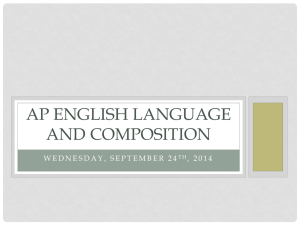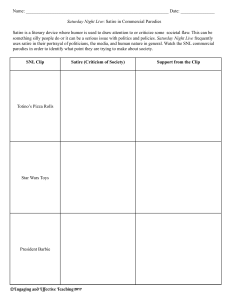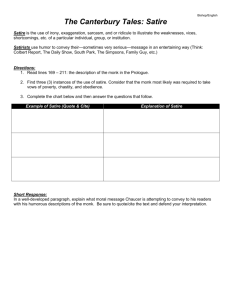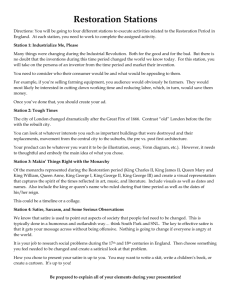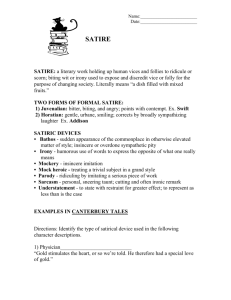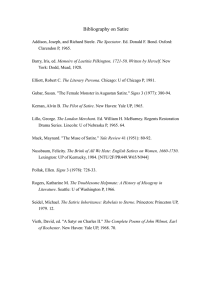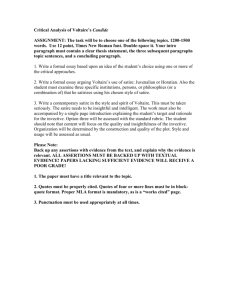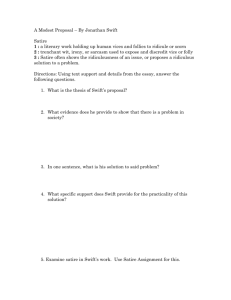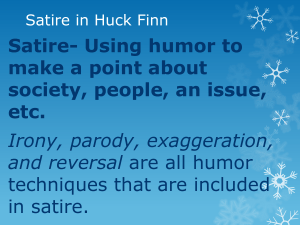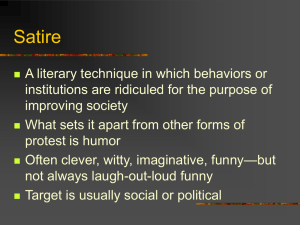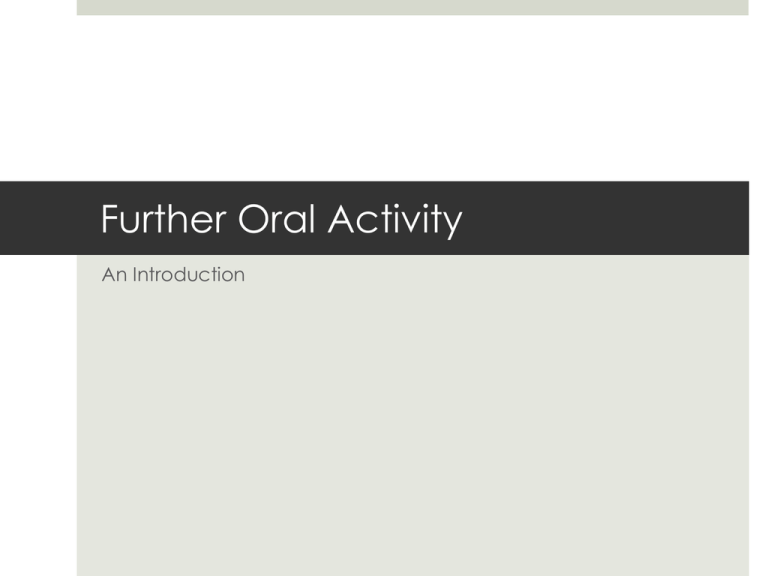
Further Oral Activity
An Introduction
From the Lang & Lit Guide
“These activities are an opportunity to explore some of the
topics and learning outcomes in parts 1 and 2 of the course.
Underpinning these is the
issue
of
intercultural
understanding. Through the examination of the cultural
context of a text, including the way and the medium
through which it is communicated, students will be able to
engage with the process of intercultural understanding and
thereby reflect on their own cultural practices.”
The F.O.A.
The Purpose: The further oral activities are intended to address the
relationship between language, meaning and context.
There must be a clear link between the activity and the texts that have been
studied in a particular part of the course.
The Task: Students, either working independently or collaboratively, will
present her/his/their activity to audience of peers.
The Submitted Material: Students will submit to the teacher the
following: 1) a detailed outline of the assignment and 2) a 300-word
reflection (to be completed after the presentation).
The Length: It should be five to seven minutes in length if it is presented
individually and nine to to twelve minutes if completed as a partnership.
The Weight: 15%
The Rubric
Criteria
Descriptor
(Highest Mark Only)
Mark
Knowledge and
understanding of the
text(s) and subject
matter or extract
The activity shows excellent knowledge and understanding of
the text(s) and excellent awareness of the significance of the
text(s) in relation to the subject chosen.
10
Understanding of how
language is used
The work shows an excellent understanding of the way
language is used to create meaning. The appreciation of the
use of language and style is thorough and detailed.
10
Organization
The oral activity is effectively organized; the structure is
coherent and effective.
5
Language
The language is very clear and entirely appropriate, with a
high degree of accuracy in grammar and sentence
construction; the register and style are consistently effective
and appropriate to the oral activity.
5
Due Dates
You will complete two FOAs over the over of the next
seventeen days:
The first entry will be submitted and presented on:
Tuesday, November 5th
The second entry will be submitted and presented on:
Friday, November 15th
F.O.A. #1
For the first entry, you will devise an F.O.A. that focuses on
political satire.
For this assignment, you must consider the following:
Appropriateness: Is the political satire suitably appropriate?
Audience: Whom is your intended audience?
Focus: On what current event/political figure will you focus?
Presentation: In what manner will you present the satire?
Remember: To earn the highest mark, it is critical that you
examine the language, meaning, and context used.
Example F.O.A.’s
Oral Presentation
A formal speech based on an aspect
studied in part 1 or part 2 of the course
A report related to an aspect of part 1 or
part 2 of the course, for example,
comparing two newspaper articles on
the same topic and identifying the
stance taken by the newspapers
An introduction to a particular topic, for
example, the social and cultural
contexts of a text
The examination of a particular
interpretation of a text or event
Dramatic Presentation
Writing and performing a
scene concerning an issue
encountered in the study
of part 1 or part 2 of the
course
Re-enacting a particular
cultural
or
historical
moment with a different
focus or interpretation in
mind
Example F.O.A.’s
Structured Group Discussion
Role Play
Discussion arising from materials prepared by
a small group of students, for example,
identifying the social, cultural and economic
position taken by a particular text
A dialogue between two public
figures
with
a
follow-up
discussion highlighting the way
meaning is constructed
Class discussion where two or three students
have been given special responsibilities
(advance preparation, particular topics, a
short report, a provocative position)—the
whole class may participate, but only those
two or three students should be assessed
independently
A public figure interviewed by
the student as him/herself, or in
another role (for example, a
fellow politician)
The presentation of material lending itself to
discussion within the class, for example, the
offering of two opposing readings of a text
Advertising or public relations
figures using language in a
meeting to shape the view of a
product, brand or public figure
Formal debate


